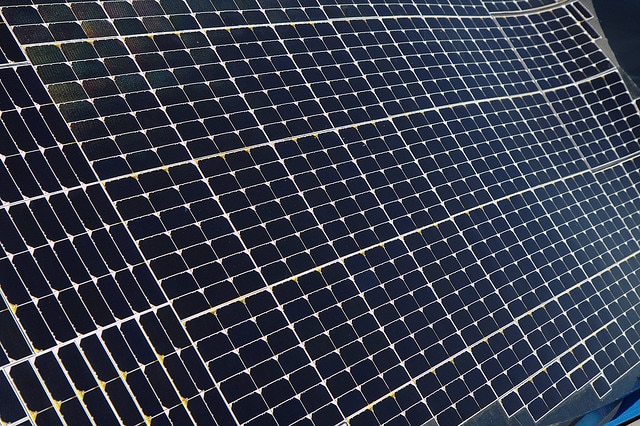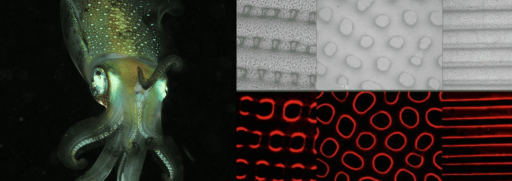Battery life has been a major concern for smartphone users. It can decide the fate of the success of a device. And as we move forward with more technological advancements, the battery-life expectations of the consumers have also increased. In a research by a team at London Center of Nanotechnology, the researchers have created a prototype which makes use of the light emitted by an OLED display and then converts it so that it can be utilized by a device’s battery. This is a major break-through in technology.
An OLED panel wastes about 64 percent of the light it produces. Most of this light escapes from the edges of the display. The research team decided to make use of this wasted light. They used thin films of photovoltaic cells both within and around the display. In this way, they captured the wasted light and converted it into usable energy. They then used a thin-film supercapacitor to immediately store the energy from the photovoltaic cells. According to the results gathered by the team, this system yields about 11% efficiency. In a way, it is a huge step forward to utilize the wasted energy by a device to again charge the same device.
Currently, the research is limited only to OLED displays. It is unclear whether or not this will be applicable to LCD displays because LCD displays make use of a backlight. Moreover, this is still a prototype and although it has a lot of potential, it will be a long time before the smartphone industry decides to give it a try.
[ttjad]




